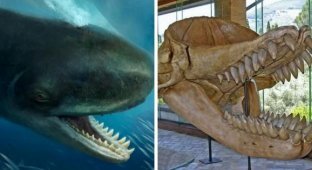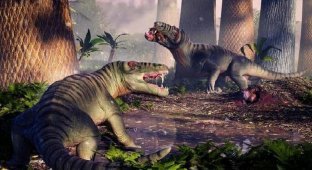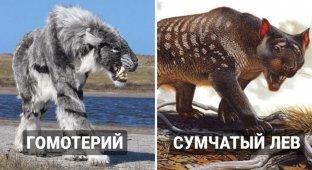12 Creatures That Now Look Like Millions of Years Ago (13 Photos)
From goblin sharks to cockroaches, these species haven't changed much in millions or even hundreds of millions of years. This is why they are considered living fossils. Let's take a look at several creatures that look the same after millions of years of existence. 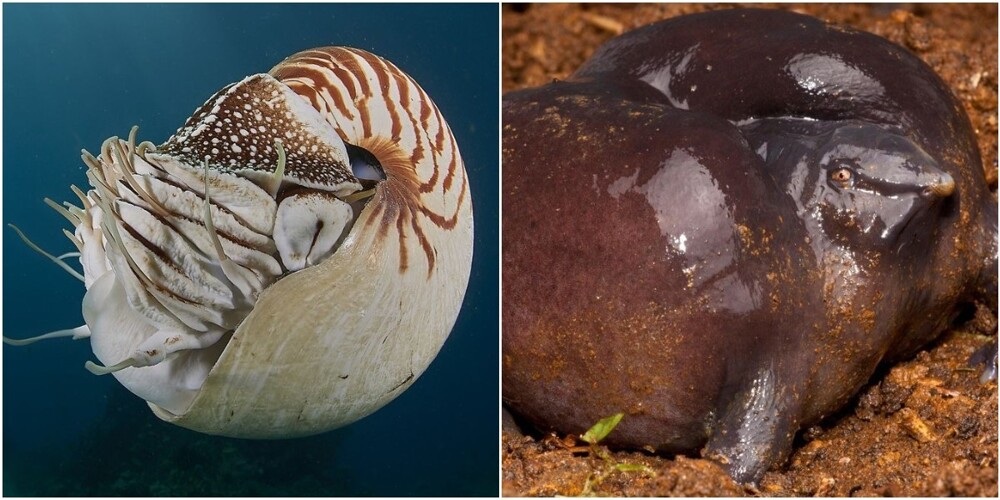
1. Coelacanths 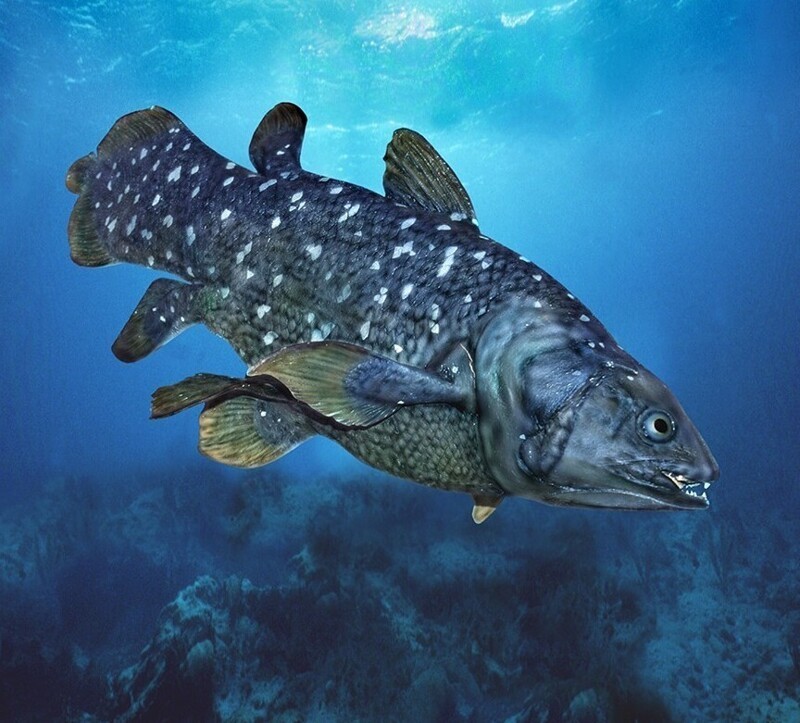
The coelacanth is an ancient fish that lives in the depths of the sea off the coast of Africa and Indonesia. They first appeared 400 million years ago, and then they disappeared. Scientists believed that these fish became extinct more than 65 million years ago - until a representative of the species, Latimeria chalumnae, was discovered off the coast of South Africa in 1938. Coelacanths can grow up to 2 meters in length and weigh up to 90 kilograms. One study proved that these creatures can live up to 100 years.
2. Horseshoe crab 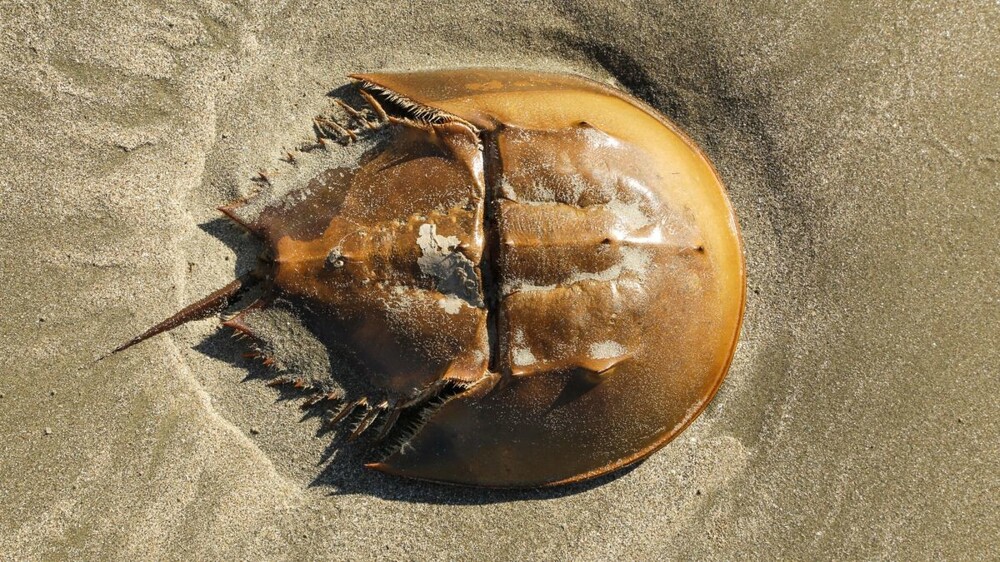
Horseshoe crabs, arthropods of the family Limulidae, first appeared more than 300 million years ago. To this day, the species has not undergone significant changes. Horseshoe crabs look a lot like prehistoric crabs, but they are actually more closely related to spiders and scorpions. They have a strong exoskeleton, 10 legs for moving along the ocean floor, and one pair of legs for moving food into their mouths. Their blood turns blue when exposed to oxygen. Also, the blood of horseshoe crabs is used in medical research to develop vaccines.
3. Brownie shark 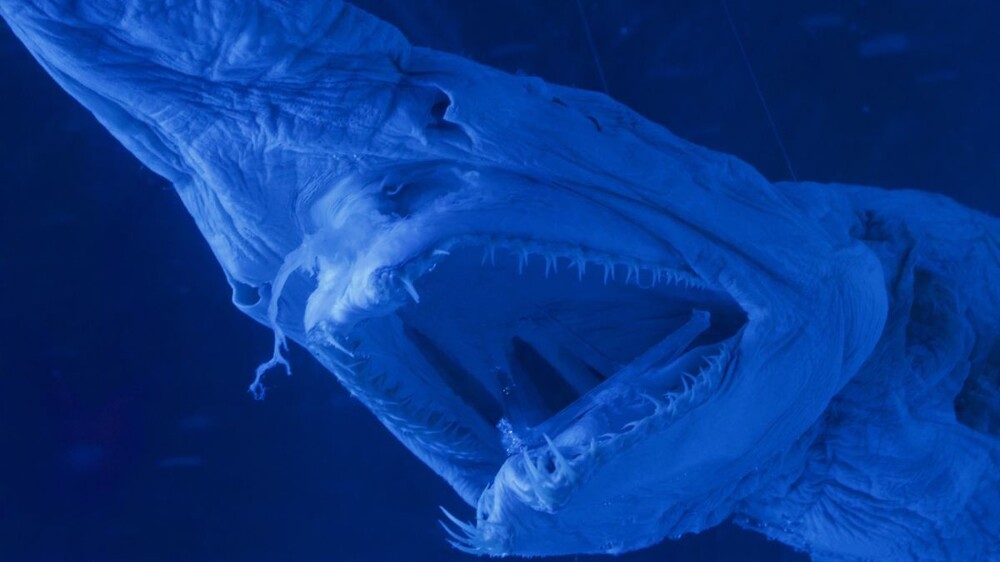
The goblin shark lives in the Pacific, Atlantic and Indian oceans and first appeared 125 million years ago. Their long, flat snout with electroreceptors allows them to quickly find prey - making these sharks one of the deadliest creatures in the ocean. Their jaws are movable: when goblin sharks catch their prey, they extend their jaws and draw water into their mouths along with the victim. These creatures grow up to 4 m in length and can weigh up to 210 kg.
4. Platypus 
Platypuses, native to Australia, appeared more than 110 million years ago. A study published in 2008 in the journal Nature found that the platypus' genetic code consisted of a mixture of mammals, birds and reptiles.
5. Climbing hare 
The climbing hare, or Japanese tree hare, lived on the Asian mainland, but most of these animals became extinct during the Pleistocene era (2.6 million - 11,700 years ago). Now they live only on two small islands off the coast of Japan and are an endangered species: there are only 5 thousand of them left.
6. Nautilus 
Nautilus is a mollusk and one of the oldest fossil species on Earth, which is why they are called "living fossils." These creatures have changed little since they first appeared more than 500 million years ago. Nautiluses live in the western Pacific and Indian oceans. Their peculiarity is a spirally twisted shell, divided by partitions into several chambers.
7. Komodo dragon 
The Komodo dragon is an ancient venomous reptile that has been around for millions of years. This monitor lizard lives on the Lesser Sunda Islands of Indonesia, including Komodo Island. Scientists have found that its ancestors appeared in Australia about 100 million years ago. They are considered the largest lizards in the world, and can grow up to 3 m in length and weigh up to 150 kg.
8. Purple frog Nasikabatrachus sahyadrensis 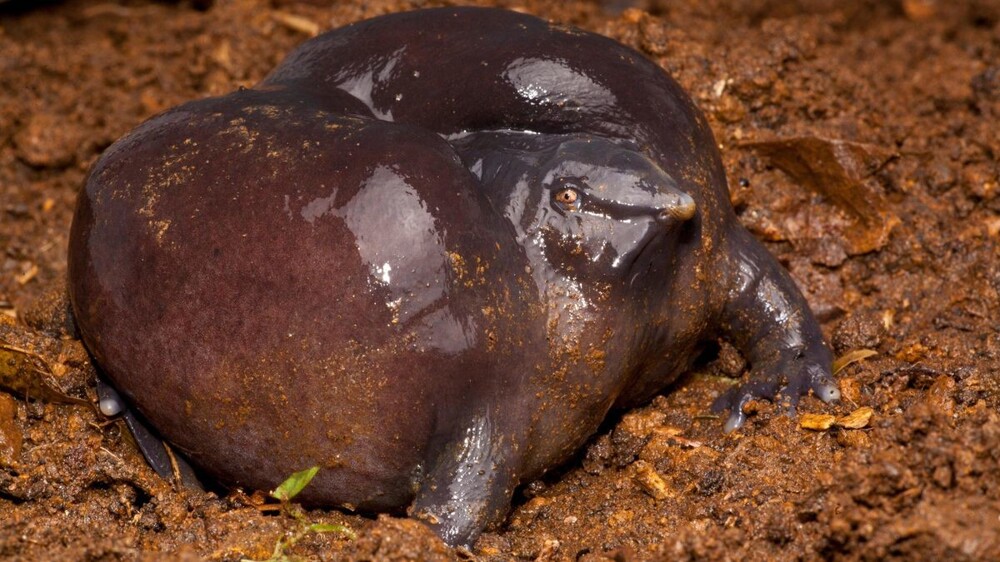
The purple frog is a rare species of amphibian belonging to the family Nasikabatrachidae. These frogs have evolved over 100 million years, and scientists first spotted them in India in 2003. These unusual creatures spend most of their lives underground, but only briefly come to the surface to reproduce.
9. Laotian rock rat 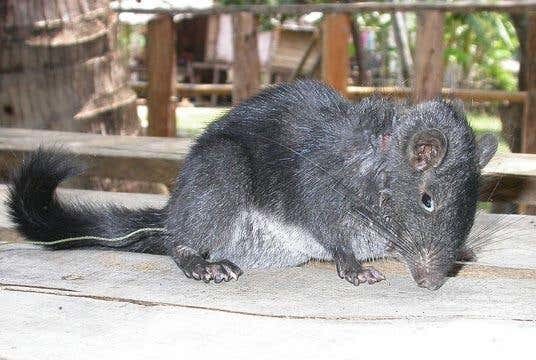
The Laotian rock rat is the last surviving member of the ancient fossil family Diatomyidae, thought to have gone extinct 11 million years ago. It was first discovered in 2005 in Laos. They are alikelike regular rats, but a little larger, and with a fluffy tail, like a squirrel.
10. Ginkgo biloba 
The ginkgo tree, or maidenhair tree, which survived dinosaurs and the atomic bomb in Hiroshima, is considered amazingly resilient. Based on fossil evidence, they have remained virtually unchanged for more than 200 million years. This living fossil is one of the oldest tree species in the world and the last surviving species of a group of trees that predate the appearance of dinosaurs on Earth.
11. Cockroach 
Cockroaches belong to one of the oldest orders - Blattodea (cockroaches), which includes cockroaches and termites. Fossil evidence suggests that early cockroaches existed more than 300 million years ago. Today there are about 4,000 species of cockroaches in the world, and all of them are not very different from their fossil counterparts.
12. Aardvark 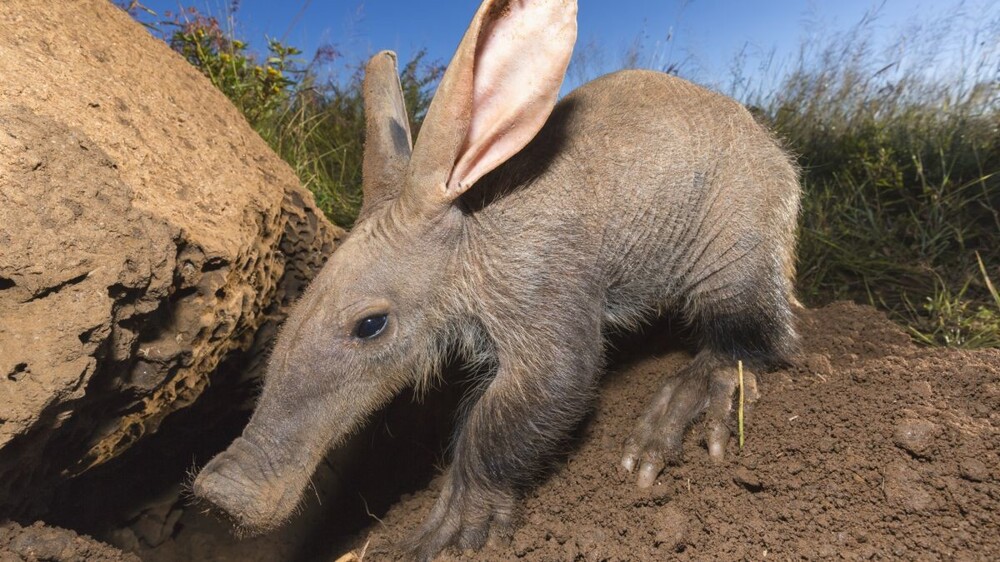
The aardvark is a mammal native to Africa that, according to fossils, appeared more than 50 million years ago. The last remaining representative of the species Tublidentata has not undergone significant changes throughout its existence. These animals are also called earth pigs.












